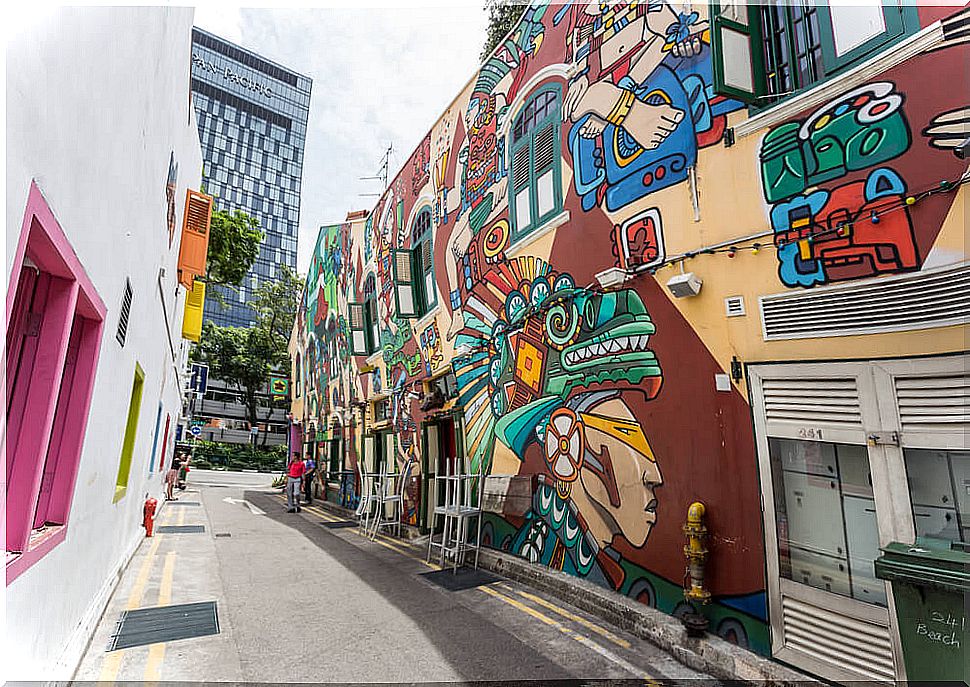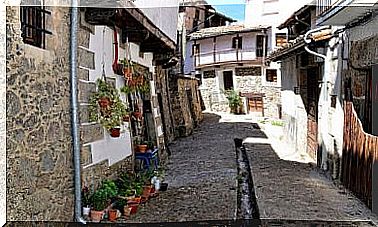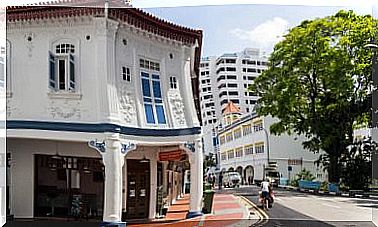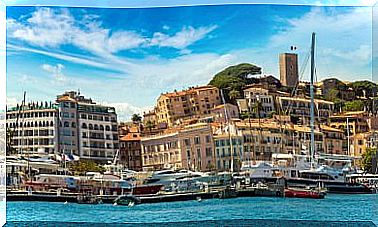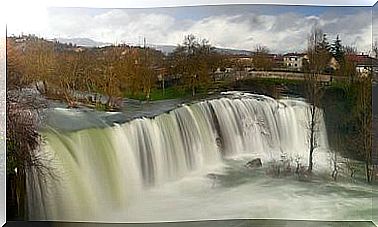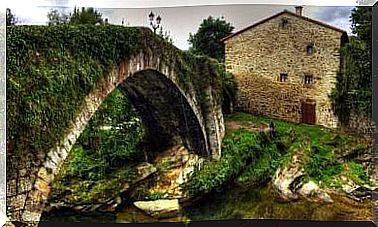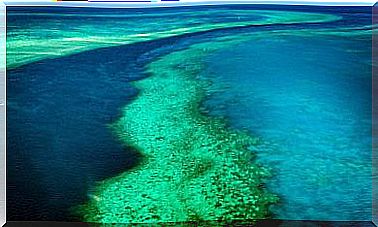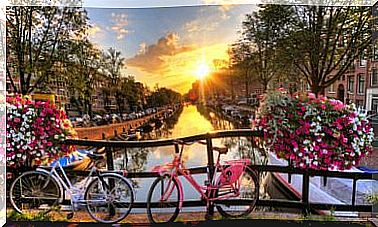The Amazing Architecture Of Singapore
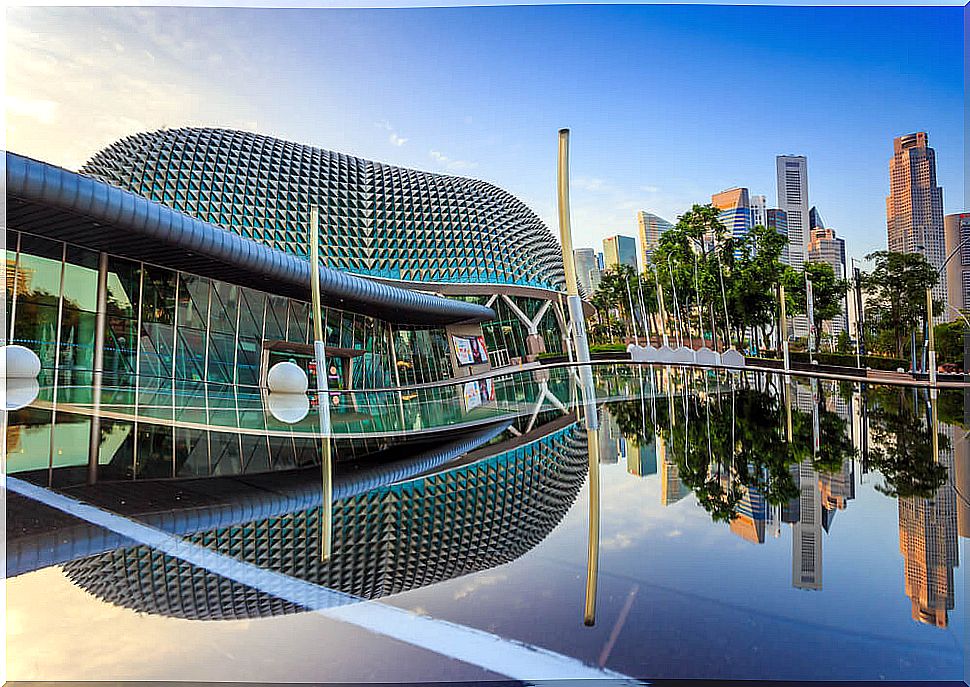
Every year thousands of tourists from around the world are amazed at the architecture of Singapore. This modern jewel located in Southeast Asia surprises with its fusion between tradition and new technologies. Strolling through its avenues lined by skyscrapers is an experience for those who enjoy the most cosmopolitan life.
The origins of Singapore architecture
The foundations of Singapore’s architecture date back to 1819, when the first British settlement was established. The vernacular architecture of that time was based on the kampong , the typical rural houses of the Malays.
These were built on stilts, raised above the ground, to prevent possible flooding. Its ceilings were covered with palm leaves and the walls were built with bamboo, in order to add new rooms according to the needs of the family.
The name that resonates the most in the history of the city is that of Sir Stamford Raffles. This famous architect was the one who made the final design of the metropolis, in the year 1822, which still remains today. It would be Raffles who would specify each area of Singapore, from the areas designated for government offices to the creation of a botanical garden.
However, although Raffles chose to maintain a style of housing closer to Malay architecture, it would be George Drumgoole Coleman, the first architect trained in Singapore itself, who introduced European-style cement and stucco to the city.
This is when the architectural revolution of Singapore begins, in the middle of the 19th century, and both trends begin to hybridize. The two buildings from this period – which can still be seen in the city – are the shophouses and the bungalows in black and white. The latter used to be the residences of senior government and military officials.
This evolution would give way to the beginnings of Art Deco , the driving force behind the introduction of the technological advances necessary for the construction of large buildings.
Singapore architecture today
As with most cities that aspire to be a global benchmark, the Singapore government approved at the end of the nineties a new plan to promote its particular architecture in order to attract international tourism.
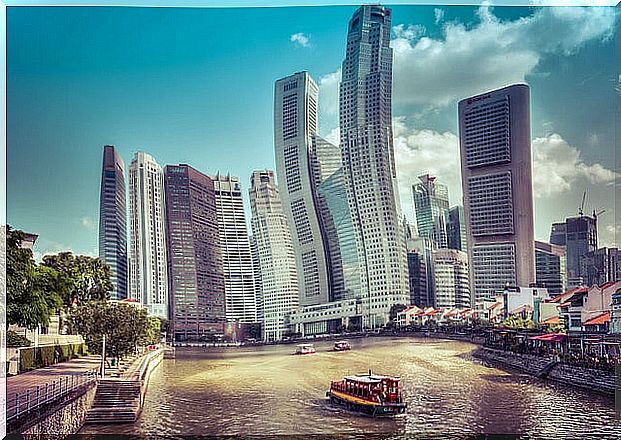
For this reason, after the neoclassical, art deco and brutalist phases – those that were based on the construction of tall buildings – the city was slightly marked by international architectural trends such as postmodernism. Now reaching the 21st century, a new trend began to develop, thanks to high-tech architecture, which will end up giving the city its own identity.
It is here that the new architects in Singapore, defenders of the style of the region due to the warm tropical climate, begin to construct minimalist and crystalline buildings to create an atmosphere in accordance with the surroundings.
One of these pioneering architects was Kerry Hill, father of the modern tropical style, which combines vernacular architecture with large, naturally ventilated spaces typical of Asian culture.
To this, natural elements have been added in recent years, in order to achieve more public green spaces. In fact, there are several Singapore designers internationally acclaimed for being the pioneers in the development of green skyscrapers.
Some of the most amazing buildings in Singapore
Next, we want to highlight some of the most impressive buildings in the city, those that you should not miss during your visit. In fact, many of them are already considered not only icons of the city, but of the country itself.
Marina bay sands
Without a doubt, one of the most emblematic is the Marina Bay Sands hotel complex. This has three towers, which exceed 200 meters in height and are linked by a structure no less than 340 meters long that covers them as a roof. This risky structure has marked a new point within the new architectural trends worldwide.
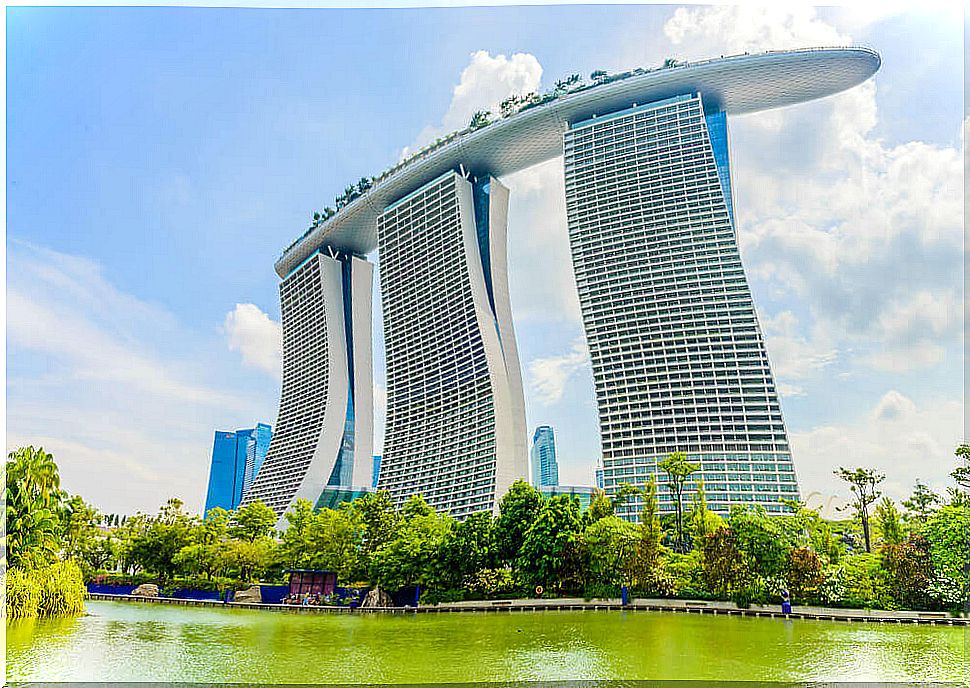
Esplanade Opera Theater
There are many citizens who have nicknamed this building as the Great Durian, due to its resemblance to a fruit typical of the country. Although its high cost of more than 600 million dollars created great controversy, no one can deny that the Opera House – on the cover – is another of the most representative pictures of Singaporean architecture.
Hotel Raffles
It is also worth noting the Hotel Rafles, built at the end of the 19th century and which has been in operation for more than a century. In this luxury hotel it is not uncommon to see big stars on the international scene. Its impeccable facade stands out at first glance.
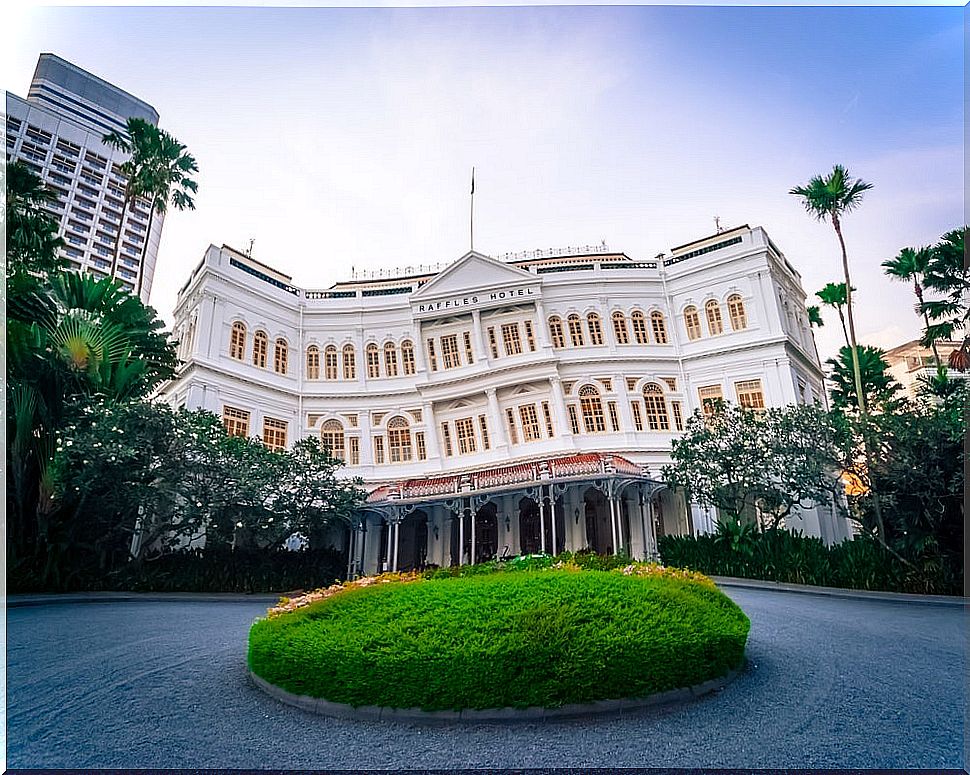
There is much more to discover in Singapore
Finally, if we are still wanting more, we can take a ride on the Singapore Flyer, the largest Ferris wheel in the world, or walk through the ION Sky, one of the most impressive futuristic design malls on the planet. As you can see, Singapore offers many incredible places for lovers of architecture and cities.
